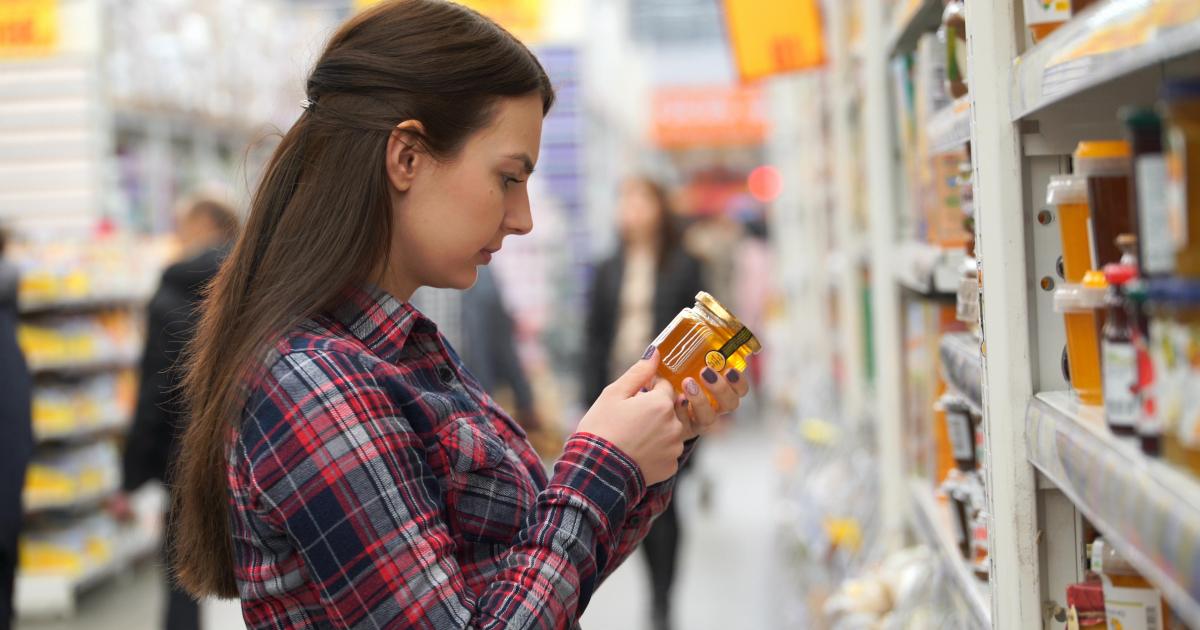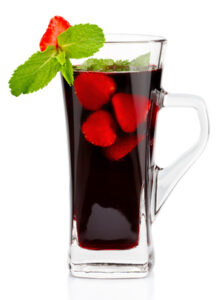
Suggested video 12 recipe ideas to prepare in September!
Video 1 of 3
On toast, for our sauces or for desserts: honey is one of the essential foods to have in your kitchen. The French really appreciate it since no less than 45,000 tonnes are consumed in France every year. But do we really know how to choose it well?
Our country is one of those that uses it the most in Europe. The problem ? On March 23, the European Commission named “From the hives” pointed out a real concern: “One in two honey imported into Europe is fraudulent and often undetected”.
Indeed, Ingrid Kragl, Director of Information at Foodwatch explains that “In Europe, we have strong regulations in the food sector to protect consumers. However, this new investigation shows that thousands of tonnes of fraudulent honey enter European territory. And so our supermarkets for years without us ever being informed.”
In order to ensure the origin of the honey that we buy in supermarkets, However, a solution exists. It was the journalist Hugo Clément who highlighted this tip via a Facebook video.
When shopping, it is important to don’t always trust the packaging but rather the little details that make all the difference. This is the case for honey, for example. Thanks to the advice of the FoodWatch France Association, the journalist Hugo Clément shared his advice on his networks to find out the origin of this product by deciphering the label. The goal ? Identify essential information. Everything is on the caps, not far from the expiration date. This is where the consumer will be able to find the country of origin of the honey.
The name of the country may be written entirely. If it’s not the case, you will find the two initials of the countries : PRC for People’s Republic of China, VNM for Vietnam, BGR for Bulgaria.
In his video, the journalist reads the following description about a honey “UKR is Ukraine, ROU Romania, Argentina, Spain and Hungary” – However, when several countries are noted, it is because it is a mixture of honey from different countries.
Next time, keep your eyes peeled so you don’t get fooled again.
Source:https://www.750g.com/voici-comment-savoir-d-ou-vient-reellement-le-miel-que-l-on-achete-au-supermarche-a34932.htm


